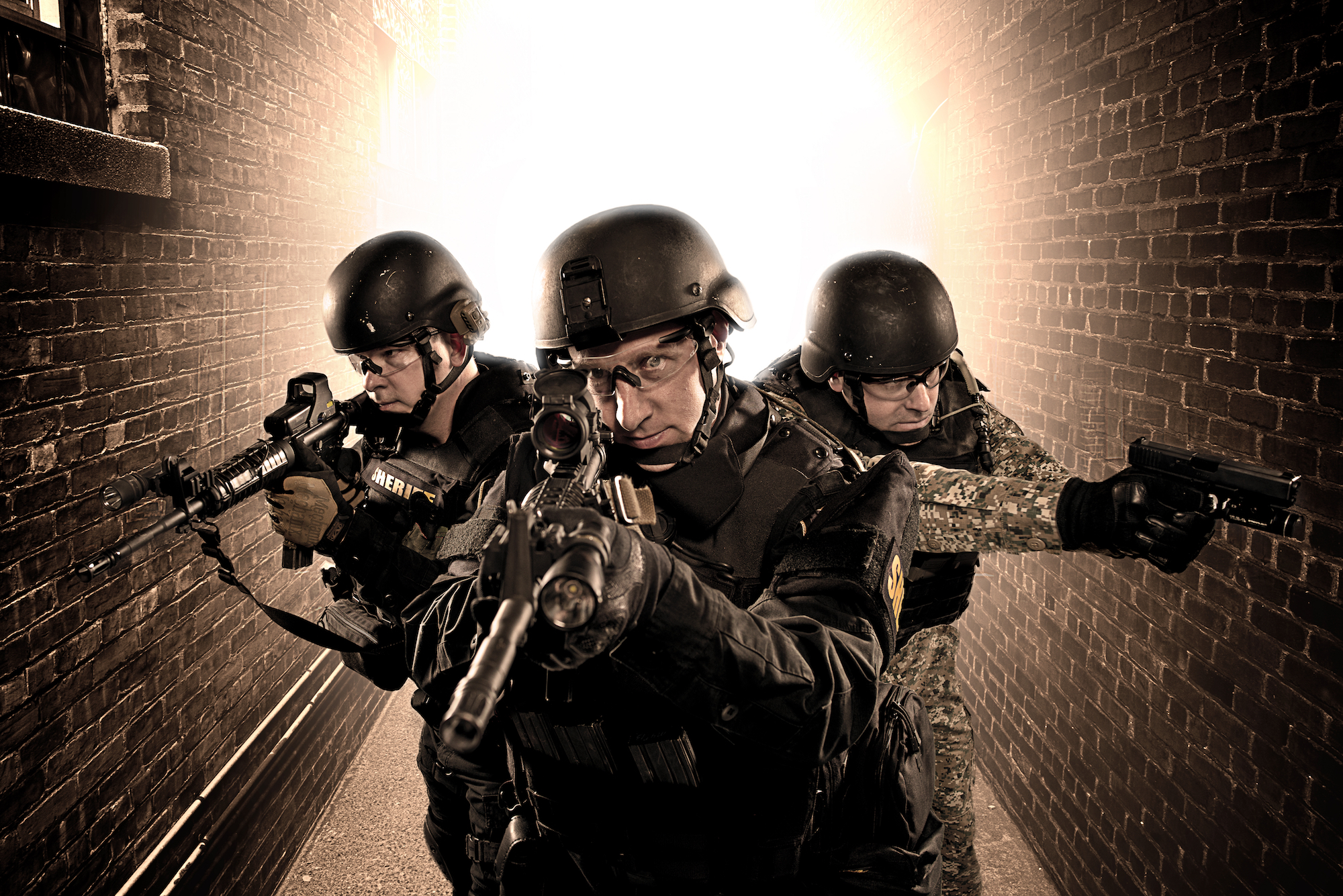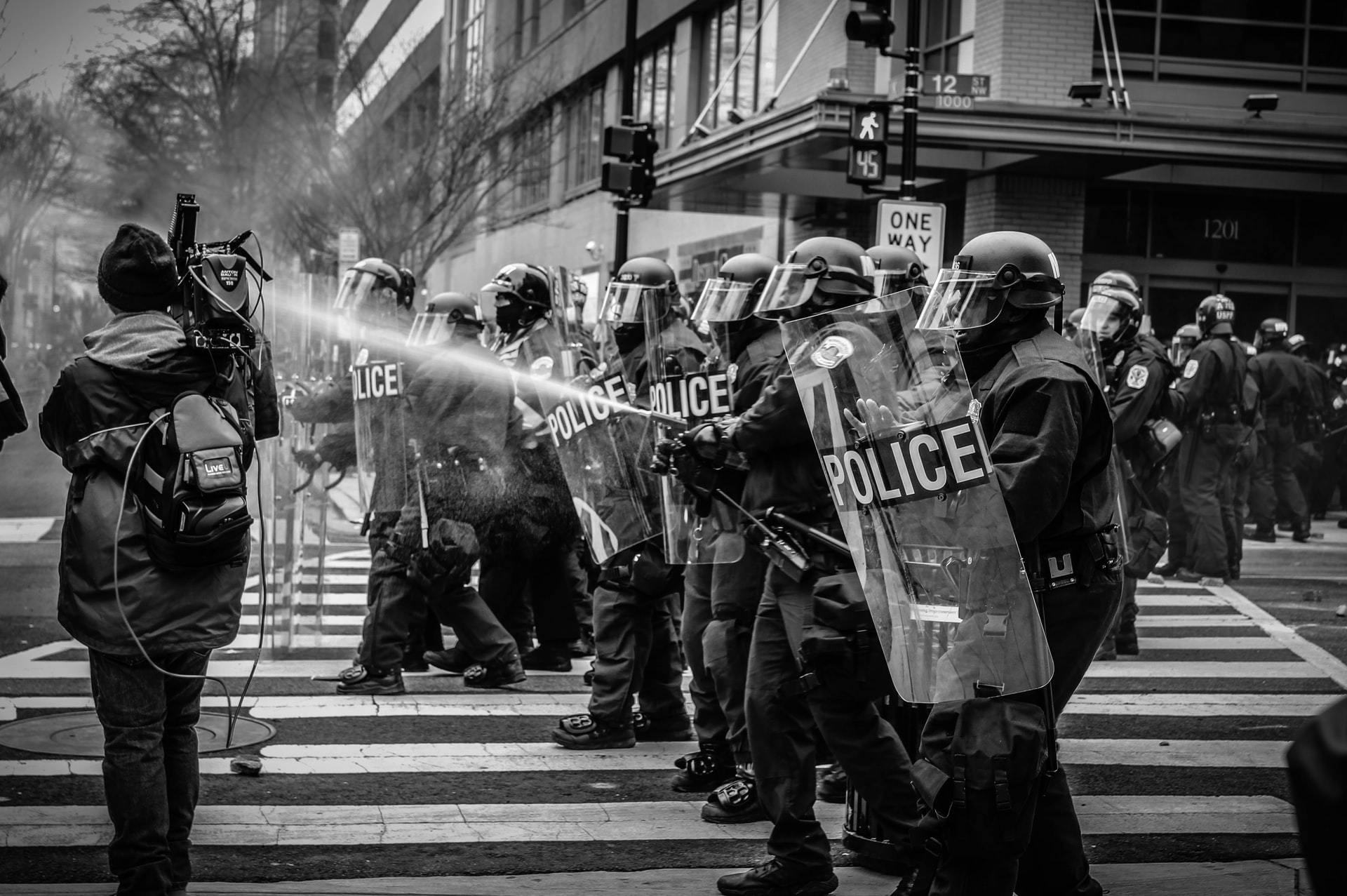
Active Shooter Crisis Communications: Working with Law Enforcement and the Media
Responsible companies and organizations know they need to build and protect their brands and reputations and prepare to face the unthinkable. Key stakeholders such as employees, customers, partners, and suppliers expect companies and organizations to be prepared for any eventuality.
One of thee worst-case scenarios an organization can face is an active shooter on the premises. When dealing with such complicated situations, carefully considered public relations and crisis communications are critical.
Preparation for an active shooter incident is complex and multifaceted. It requires significant planning, training, testing, and exercising. It calls for extensive monitoring of people, locations, and communications. It entails a considerable investment of time, thought, and resources. And the process is never-ending.
Two highly complicated and stressful aspects of handling an active shooting situation are crisis communications and coordination with law enforcement officers and agencies. Even with a high level of planning, many managers worry whether their plans will hold up to the rigor of dealing with both a traumatic incident and the specific communication requirements of the primary law enforcement agency responsible for investigating the incident.
Disclaimer: This article focuses only on the crisis communications aspect of an active shooter event, and in particular, how law enforcement agencies handle media communications surrounding an active shooter event. Obviously there are a myriad of different stakeholders who need information, but working with law enforcement personnel when it comes to crisis communications about an active shooter event proves to be one of the most challenging communication elements for companies and organizations.
Fortress Strategic Communications (FSC) interviewed Sergeant Jon A. Seeber, the Public Information Officer and Community Relations Supervisor (PIO) at the Onondaga County Sheriff’s Office in Syracuse, New York. Sergeant Seeber provided useful insights into how a law enforcement agency handles communications during and after an active shooter incident.
1. FSC: When the call is put out on the radio that there is an active shooter, are PIOs automatically notified? If so, do you go to the scene of the incident?
Sergeant Seeber: I am automatically notified of all serious incidents and incidents that generate a response from the media. In the event that an active shooter incident is in progress or has just occurred, as the PIO, I am required to respond.
2. FSC: When an active shooter event occurs, many agencies respond (local police departments, county sheriff, state police, etc.). Who controls the communication process? Who acts as the spokesperson?
Sergeant Seeber: All the responding law enforcement agencies work together, but typically the primary investigating agency handles the communication process unless the agency defers to a larger agency that has concurrent jurisdiction.
3. FSC: How soon after the police arrive on scene do you issue a statement or provide information to the media?
Sergeant Seeber: We push out information via social media to the public and our media partners either immediately or as quickly as possible, especially when it is a matter of safety and lives are at stake. Once the scene is stabilized, normal media briefings commence.
4. FSC: What information is usually contained in the first statement to the media?
Sergeant Seeber: We advise the public and media that we have received unconfirmed reports of a gunman on the property and shots fired. We request that the public stay away from the area while law enforcement is on the premises managing the situation. The initial statement also informs the public that we will provide updated information on our social media platforms when we know more.
5. FSC: In a crisis situation, there should be only one communicator. How do you coordinate with the organization, company, or facility impacted so that they don’t communicate with the public until the police have communicated first?
Sergeant Seeber: I have never dealt with an organization, company, or facility that has not cooperated with police during a major or critical incident. They usually look to us for guidance.
6. FSC: At what stage do you include the impacted party where the shooting event occurred and allow them to communicate alongside the police?
Sergeant Seeber: As the PIO, it is important for me to partner with the impacted party as soon as possible to make sure we have a common, clear message. However, if they’re delayed in responding, I do not wait for them, as it is crucial that I get the factual information out to the media and the public in a timely manner to let them know, and by default let other stakeholders know, that first responders are on scene working hard to mitigate negative impacts of the emergency.
7. FSC: What are your expectations and requirements of the impacted organization/company/facility to cooperate? How do you get them to fulfill your requirements?
Sergeant Seeber: I expect the impacted party to cooperate with the release of information. I understand that they may have their own policies, procedures, programs, and capabilities; however, I make the importance of message consistency clear very early on. Typically the company or organization with the active shooter situation looks to us for direction and leadership, and they cooperate readily.
8. FSC: Do you ever work alongside the impacted organization or the company’s PR consultancy to make a statement to the public?
Sergeant Seeber: The Onondaga County Sheriff’s Office does and will continue to partner with any affected private or public agency to assist them through critical incidents.
9. FSC: How do you deal with the fluid nature of an active shooter situation?
Sergeant Seeber: We are very careful to communicate verified information in fluid situations. Obviously things can change quickly. This is why we also issue updates on a situation as soon as more information becomes available. In addition, we encourage the public to follow our social media platforms so they know they are getting accurate information in a timely manner. This way we can prevent speculation, which can be very damaging.
10. FSC: In an active shooter event, the media want to break the story as quickly as possible. Many listen in on police scanners. How do you address incorrect information and speculation?
Sergeant Seeber: We cannot control what information the media put out, which is why we encourage the public to follow us on our social media platforms so they, being the end users, are getting accurate and factual information.
11. FSC: During an active shooting event, do you monitor the media to ensure they are communicating the correct facts
Sergeant Seeber: I regularly monitor the media, and even more so when I release information to them. This allows me to ensure that the information I release maintains accuracy. If I detect any inaccuracies, I contact the media immediately.
12. FSC: As soon as an active shooter event happens, many members of the public are tweeting out information, often before the first police press communication. How do you deal with this?
Sergeant Seeber: We cannot prevent this, but this tendency is truly one of the reasons why we encourage the public to follow us on our social media so they can be provided with the most accurate information in a timely manner.
13. FSC: Do you issue comments via social media or do you issue all press communications via a press release?
Sergeant Seeber: We use both methods of communication.
14. FSC: At what stage does the police Public Information Officer step down from his or her communication function regarding the active shooter incident and hand everything back to the company or organization spokesperson?
Sergeant Seeber: Once the scene shifts from an active/recovery to a business continuity stage, we step down from our communication function. We are still available to assist the media with their story as well as assist the affected company with any issues or questions that they may have regarding communications.
15. FSC: Is there any information that you wish the impacted communications team would be aware of so that your communications function is easier?
Sergeant Seeber: Be prepared. Ensure the information you gather is accurate, especially if you decide to release it. Once you do, it’s out there and it will be difficult to recover and control.
Here are the top ten takeaways for companies seeking to fortify their crisis communications plans for an active shooter event, especially when working with the media and responding law enforcement agencies:
1. Have a crisis communications plan that includes strategies, tactics and policies for working with law enforcement, especially when it comes to media announcements and stakeholder communication. Making it up as you go along will only exacerbate the situation, so be prepared.
2. Establish a working relationship with law enforcement agencies on the local police department level, as well as county, sheriff’s department, and state level (state police), and federal (e.g. FBI), so your company knows and understands each agency’s unique requirements for media communications during an active shooter situation.
3. Test and exercise your communication plans with law enforcement agencies. Never assume you will get the communication right; never assume the communications plan will work. Exercise and test the communication plan every six months via a tabletop exercise and yearly via a full-scale live exercise that includes PIOs from various law enforcement agencies.
4. Establish a relationship with the local media. Include the broadcast radio and TV and print media so when it comes time to communicate, they know who you are and what your business does. Having an established relationship contributes to fostering allies in the media who understand your business and are open to receiving information from you. Establishing media relationships can be done via traditional PR outreach so that the journalists develop an understanding of the company and know the company’s spokespeople well ahead of an emergency.
5. Don’t ever see the media as the enemy. They have a job to do and will continue to ask hard questions and get the story that needs to be told out there. Ensure that you are always available to them. Alienating them and shutting the doors will not make the story go away: they will simply go elsewhere for information. It’s better to tell your own story than to have someone else tell it!
6. Let employees know there will likely not be any communication in the beginning stages of the crisis communications process. Make sure they understand that the PIO from the primary investigating agency will control the initial flow of information and media communications. They should know that delayed communication means the company is following due process and protocol. You do not want employees to start thinking that because they do not see or hear the company spokesperson communicating at the initial stages of the event that something is wrong or amiss with their company.
7. Ensure that all employees are up to date on crisis communications policies, especially the policy that there is only one spokesperson. Employees should know how to redirect press inquiries to the crisis team. This important facet of your crisis communications plan helps prevent the escalation of a secondary crisis due to misinformation or even a leak while you are facing the main crisis at hand.
8. Invest in a media and online tracking service of your company so that should you face a crisis and it goes public–including an active shooter event–you can monitor what the public and the media are saying. A tracking service also gives you a second set of eyes and ears before, during, and after the event. Should something incorrect be reported, while the law enforcement PIO is leading the communication process (and thereafter), you can immediately reach out to the spokesperson and explain any inaccuracies to the media so they can correct them.
Monitoring the social media universe is also important, as this will provide some indication of sentiment from the public. It will also allow you to amend your messaging so it resonates better.
9. Send all press releases and all media communications to the PIO after the event is declared over. Even after the PIO gives the all clear that a company/business can start to proactively send out information to the media and engage with them about the shooting, the situation is still fluid and information can change. You do not want to compound an already difficult situation by disseminating information in a press release, receiving media coverage, and then having the PIO correct the media. Such a situation can make your business appear uncoordinated and ill informed, and cause the law enforcement agency, the media, and your stakeholders to lose trust in your organization. The PIO will notify a company when they no longer need to check in.
10. If the company spokesperson is being interviewed by the media, let the PIO know. This is important as the spokesperson is communicating about a criminal investigation, and his or her statements can either impact the case or cause public concern. Finally, it bears repeating that it is crucial to ensure that the information you have about the shooting is up to date and accurate.
FSC is grateful to all law enforcement agencies and professionals everywhere for the great work that they do and the sacrifices they make. We thank you for your dedicated service.
—ENDS—
About Fortress Strategic Communications:
Fortress Strategic Communications provides specialized strategic public relations and crisis communications consulting to companies that offer products, services, and solutions designed to manage and mitigate all types of risk. Typical clients are active in the security, disaster recovery, cyber security, safety, business continuity, homeland security, and emergency management domains. FSC also provides market specific solutions for data breach events and counsels startups looking to enter the broader enterprise risk management arena. The company draws on their executives’ combined 20 years of global experience in a broad array of vertical markets. For more information please visit www.fortresscomms.com or contact us via [email protected]








